Yemen is affected by several conflicts that in recent months have had grave humanitarian consequences for its population. Interest in the country has risen dramatically in the U.S law and policy community, due to the presence of Al Qaeda in the Arabian Peninsula on Yemeni territory.
In the southern port city of Aden and in nearby provinces, the Yemeni government is fighting Al Hirak, a secessionist movement and Ansar Al Sharia, a group affiliated with Al Qaeda in the Arabian Peninsula. Violence is rife and military operations are ongoing. Casualties are reported almost daily. Thousands of civilians have been displaced by the fighting.
The International Committee of the Red Cross (ICRC), a neutral, independent and impartial humanitarian organization with global reach, has significant protection and assistance programs in Yemen, one of its largest operations. It has been active in the country since 1962.
Today, the ICRC in Aden assists over 300,000 civilians affected by violence in south Yemen alone and does so by actively engaging with all parties in what is an exceptionally complex and challenging operational environment. In accordance with the mandate given to it by the community of states, the organization has also carried out repeated visits to detainees held by Ansar Al Sharia to monitor their treatment and their conditions of detention.
Underscoring the dangers of humanitarian action in that context, Hussein Saleh, the ICRC staff member portrayed in I Know Where I’m Going, was tragically killed by shrapnel from an airstrike while working for the ICRC in Abyan, south Yemen, in June 2012. I Know Where I’m Going was nearing completion when he died. The movie is now a tribute to this extraordinary humanitarian.
Hussein Saleh worked for the ICRC in Aden. His family background and reputation meant that he was highly respected by many influential actors in the region and could personally engage with all armed groups and a number of community leaders throughout south Yemen. His work ensured that the ICRC’s core principles of neutrality, independence and impartiality were understood and that all parties welcomed the organization and allowed it to work safely.
I Know Where I’m Going follows Mr. Saleh, who was born and raised in southern Yemen, as he networks and visits with the Yemeni government and the leaders of the armed groups that control large swath of territory. It captures Mr. Saleh and the ICRC Aden team as they prepare for the first visit ever to detainees held by a Jihadist group, a significant operational milestone for the organization in the country and globally.
Mr. Saleh’s efforts were critical to the protection and assistance operations of ICRC Aden. Working closely with his colleagues, he made significant contributions to the development of a neutral and impartial humanitarian operation in this volatile and dangerous region.
Mr. Saleh was born in 1977. He died on June 20, 2012 in his native Abyan Province. He is survived by four young children and a wife who is pregnant.
Credits
Special thanks
Eric Marclay, Yehia Khalil, Dibeh Fakhr, Name of our driver, Mary Werntz and the entire ICRC Yemen delegation.
Related Links
The Goal
The goal of Simon Schorno, International Committee of the Red Cross (ICRC) Spokesman in North America, was to better inform North American law and policy audiences about the work of the organization in a key operational context of growing interest to the military and foreign policy deciders the ICRC in Washington D.C. interacts with daily. It was particularly important to illustrate the ICRC’s neutral, independent and impartial approach to humanitarianism, a modus operandi that defines the organization but is sometimes misunderstood at a time when humanitarian action is often politicized or militarized.
Once the decision was taken to document the independent and neutral nature of the ICRC’s action through the story of Hussein Saleh, a uniquely positioned Yemeni colleague, the ICRC in Yemen decided it would use the movie as an operational communication tool to be incorporated in its own in-country outreach programs.
Mr. Saleh was hit by shrapnel from an airstrike while working shortly after the coverage was completed. His tragic death added an unwelcome dimension to the project, which also became a tribute and a record of his dedication to humanitarianism for his colleagues in Aden, for the organization as a whole and for his family in particular.
Despite these difficult circumstances, I Know Where I’m Going remains part of a strategy to inform North American policymakers about humanitarian issues by publishing innovative, original and relevant multimedia products on Intercross, the blog of the ICRC in Washington D.C, which Schorno launched in October 2011.
The Challenge
I Know Where I’m Going is an innovative way to tell the International Committee of the Red Cross (ICRC) story. That story has rarely, if ever, been told through the words of an ICRC staff member, let alone a non-expatriate one. As such, it raised legitimate concerns in the organization.
The approach and the rationale for the project required the support of key internal stakeholders. Most understood that a high-quality multimedia story filmed in one of the world’s hot spots could be a useful promotional tool for the organization in the United States, in Yemen and globally.
Security was a major concern and obstacle. Yemen and south Yemen in particular are complex, challenging contexts even for an organization as experienced and field-tested as the ICRC. Coming in with two non-ICRC crew members to film in a busy, volatile and extremely sensitive environment was a real risk for the organization and for ICRC staff on the ground. This meant there were limitations to the kind of coverage we could get. Ultimately, this forced us to be quick on our feet and come up with creative solutions that we think strengthened the piece.
Another challenge was to find the right character to tell the story we wanted to tell. We were incredibly lucky and privileged to meet Hussein Saleh, a shy, modest and brilliant man who was initially reluctant to be put on the spotlight but who opened up in surprising ways to tell the story in his own words, and incredibly well.
The Solution
Explaining the concept for this project and convincing key internal stakeholders of the added value it could have was the first step. Their buy-in and support were essential for the film to be funded and produced.
Ensuring that the crew adapted its way of working to the specific cultural and security environment of south Yemen was another important factor in the success of the project. Flexibility and understanding that the film came second to the humanitarian work carried out in the field were key.
In the end, it was the exceptional work of the ICRC in Yemen and our promise to deliver a product Hussein Saleh and his colleagues could be of proud that inspired us. Needless to say, Mr. Saleh’s tragic death has added a great sense of responsibility for all involved in the project.
The Results
We believe that I Know Where I’m Going, is an exceptional document, a portrait of a thoughtful, courageous and complex man filmed at a critical time in one of the world’s most complex and dangerous terrains. We are hopeful that I Know Where I’m Going will transcend the institutional film genre by touching viewers beyond the North American law and policy circles it aimed to reach when first conceived.
The content and structure of the movie did not change much after Mr. Saleh’s untimely death, but the project has certainly taken a different dimension since. As anticipated,
I Know Where I’m Going will be a tool to explain the ICRC, but it will also, and perhaps more importantly, be a lasting tribute to the memory of a committed humanitarian.
The film will be shown to North American law and policy audiences and accompanied by operational briefings. It will, as initially planned, be published on
Intercross, the blog of the ICRC in North America, and other ICRC platforms. I Know Where I’m Going has been shown to Mr. Saleh’s family, friends and colleagues in Yemen and will be used as an operational communication tool by the ICRC in that country and elsewhere.
About The Client
Intercross, the blog of the ICRC in Washington D.C., is a place for news, multimedia and commentary on armed conflict, humanitarian action and international humanitarian law. It is edited by Simon Schorno, the ICRC Spokesman in North America. A documentary filmmaker by training, he directed I Know Where I’m Going.
The ICRC, established in 1863, works worldwide to provide humanitarian help for people affected by conflict and armed violence and to promote the laws that protect victims of war. An independent and neutral organization, its mandate stems essentially from the Geneva Conventions of 1949.
Based in Geneva, Switzerland, it employs some 12,000 people in 80 countries; it is financed mainly by voluntary donations from governments and from national Red Cross and Red Crescent societies.
MediaStorm Project Showcase

Once teetering on the brink of extinction, the Santa Catalina Island Fox made a dramatic recovery. Its resurgence marks one of the greatest conservation success stories in United States history.
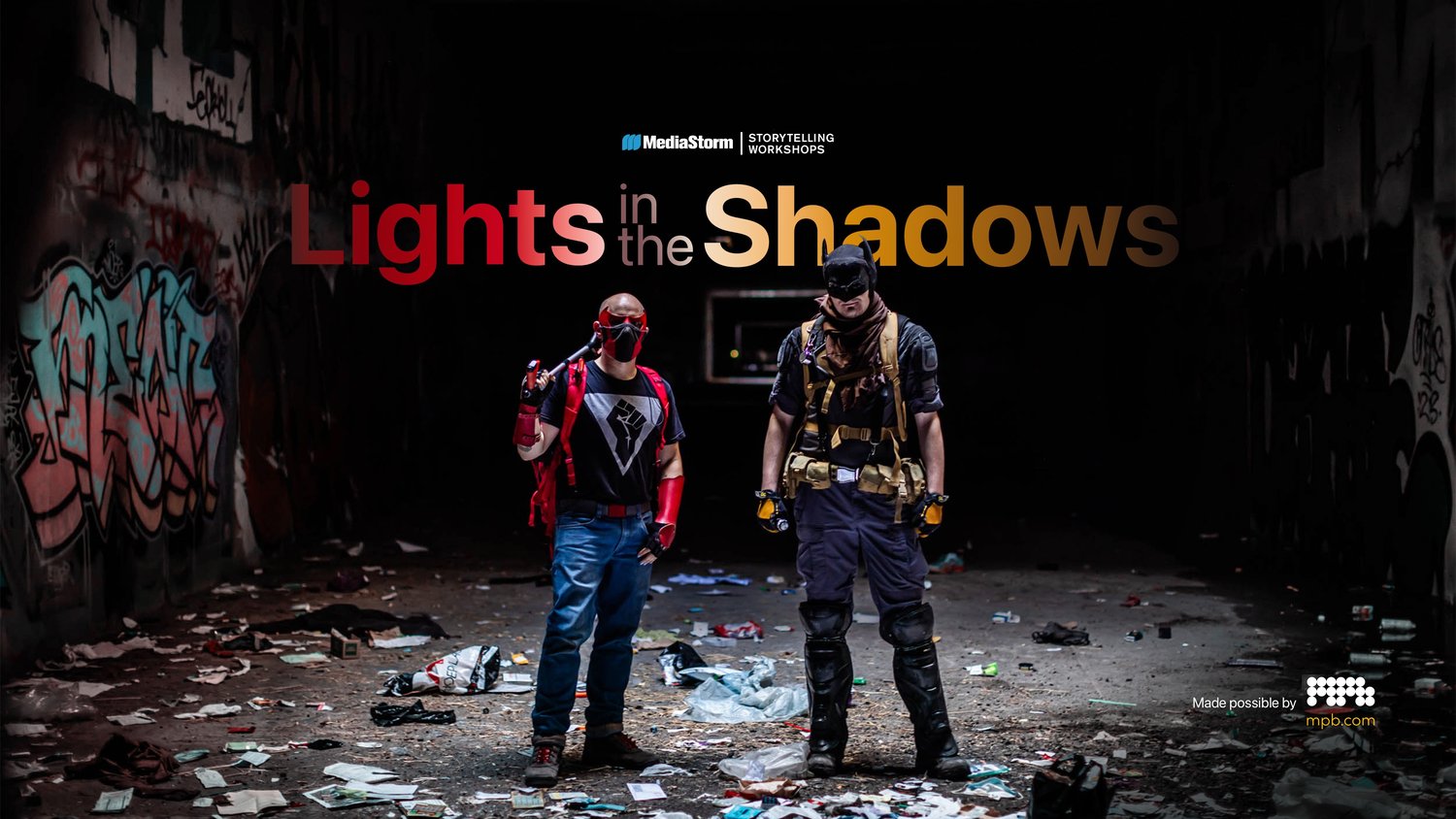
In the shadow of Silicon Valley’s booming technology industry, a growing number of people remain out in the cold. Skyrocketing housing prices in America’s hub of innovation have pushed many onto the streets, straining policymakers to find solutions to a homelessness problem that impacts everyone in the community.

This page recognizing Zora J Murff for ICP’s 2023 Infinity Award for Documentary Practice and Visual Journalism features a film about his life, a slideshow of his projects and extra clips of his thoughts about his work and motivation.

Sebastião Salgado says "a good picture, a fantastic picture, you do in a fraction of a second, but to arrive to do this picture, you must put your life in there."

Esther Horvath has sent questions to the universe and she has received answers. She found her calling to tell visual stories that show the full research story behind our climate data.

See photographer Acacia Johnson’s growth from her earliest explorations of Alaskan landscapes to a National Geographic cover for a documentary project among indigenous people of the Arctic.
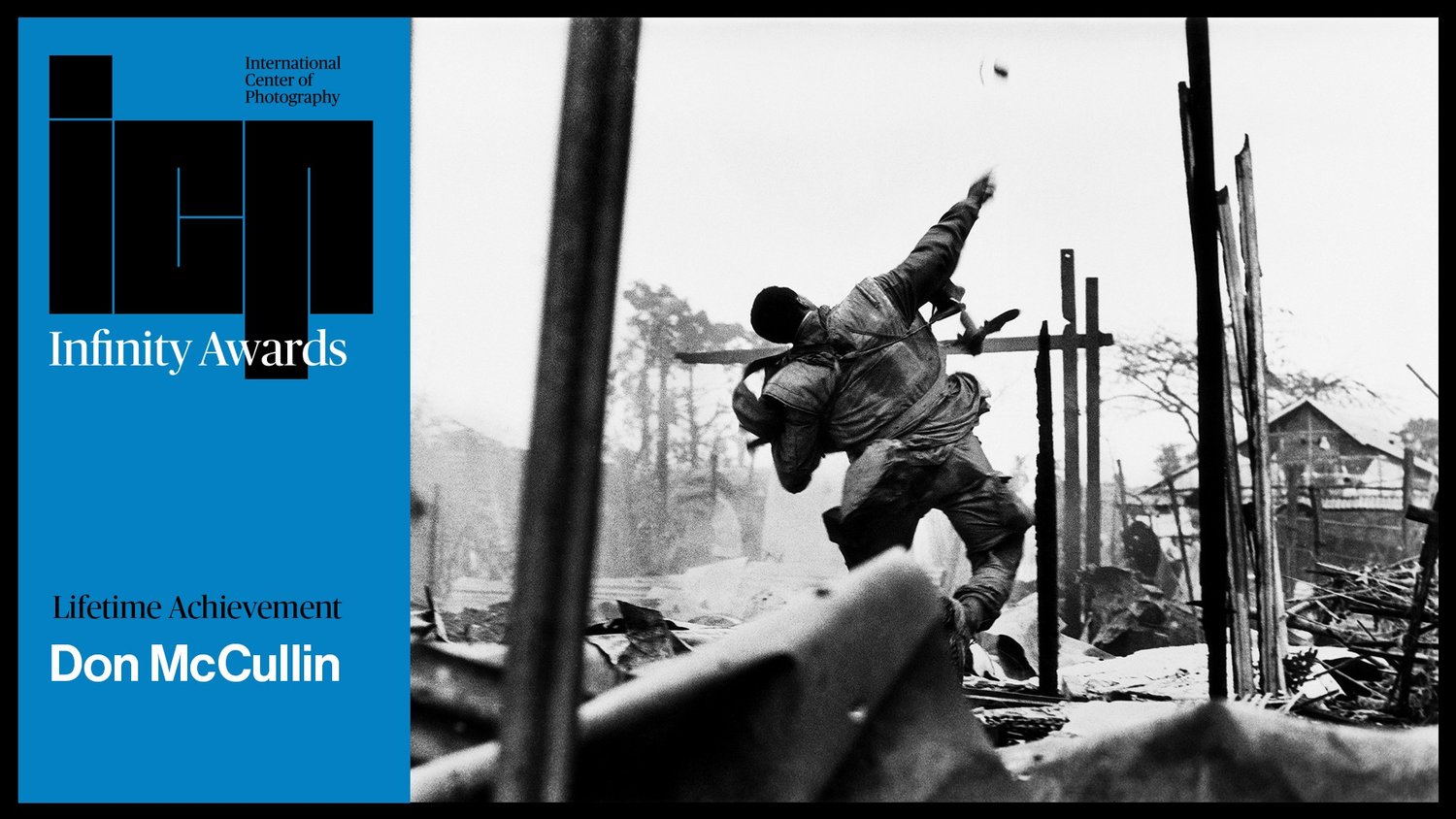
Sir Don McCullin never intended to become a photographer. He found it hard to believe he’d ever escape the poverty of North London. But a spur of the moment photograph launched McCullin into a career spanning 50 years in photography.

As the U.S. prepares for the final drawdown of soldiers from the conflicts in Iraq and Afghanistan, Soledad O’Brien and MediaStorm take an intimate look at two veterans as they struggle with the transition from war to home.

Writer Zadie Smith pays homage to photographer Deana Lawson in the artist’s first Monograph for Aperture.
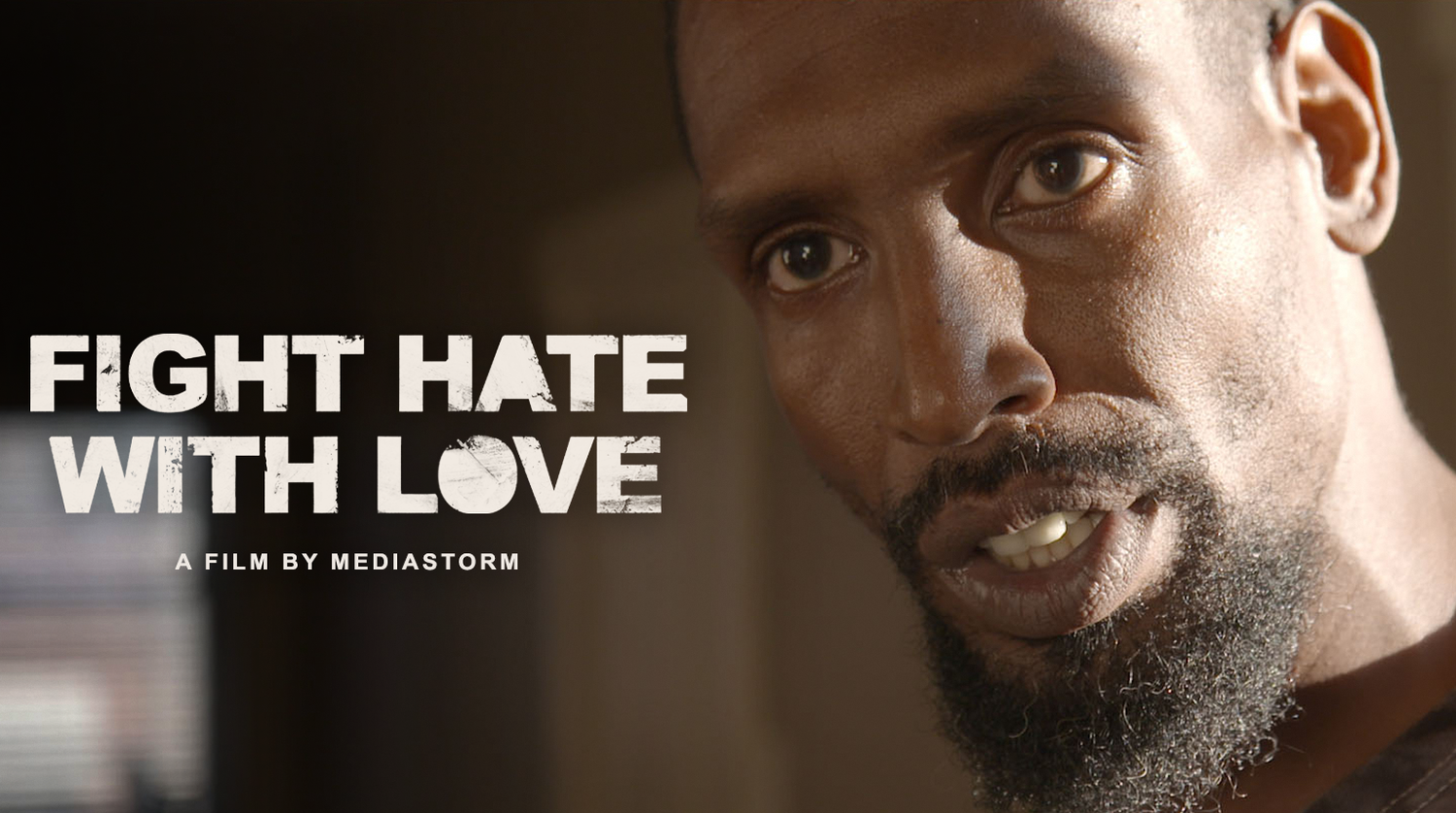
As a formerly incarcerated person, Michael struggled for work, and found purpose in being a husband, father, and activist. But 7 years since his release from prison, the cost of Michael’s activism is evident.

Benny is a “certified” garbologist. He collects what others throw away. Benny is also at war with his family. Here is a man sharing a house with his wife but living as a stranger. This is a household on the edge.
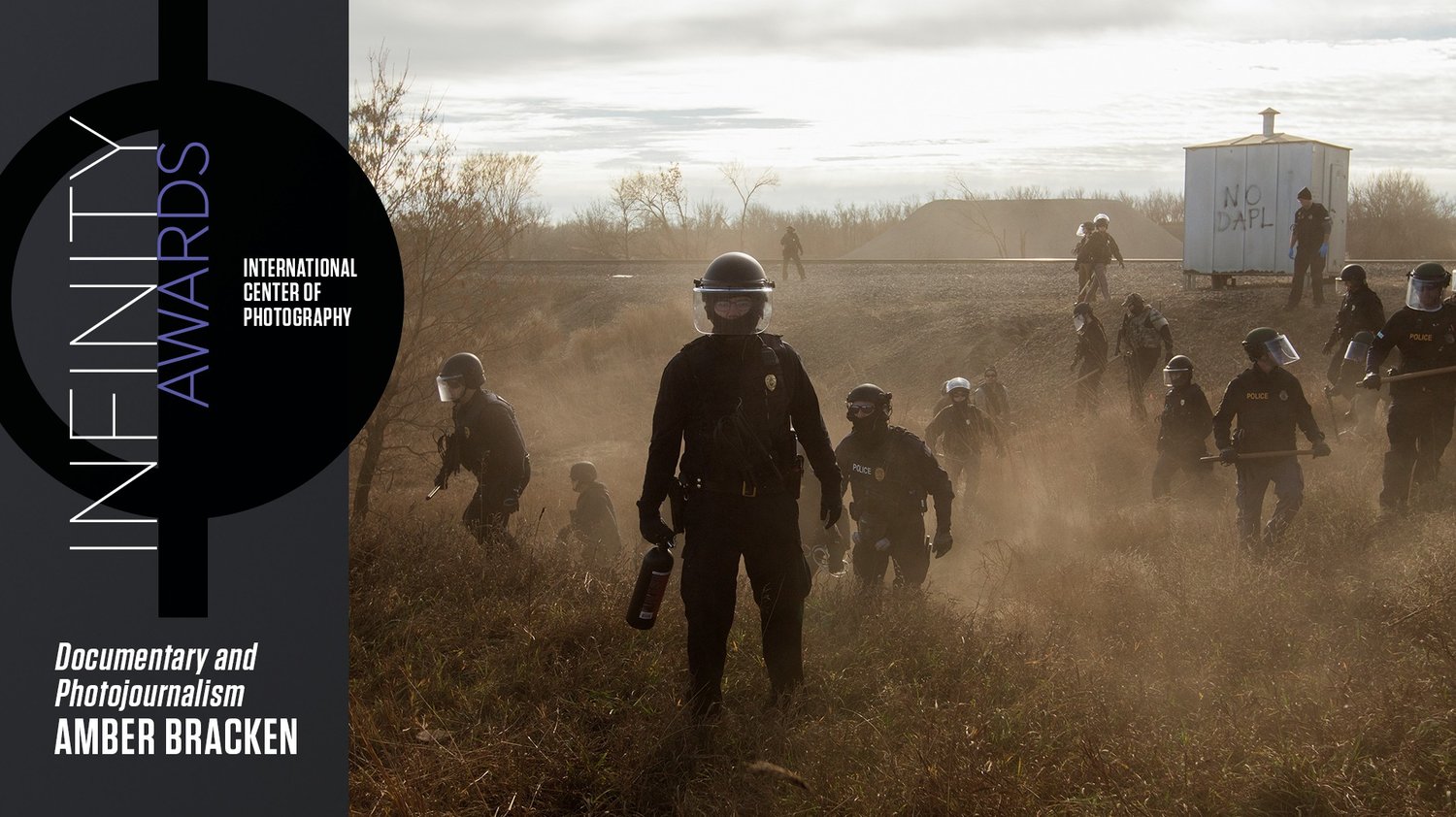
Photographer Amber Bracken recognized something deeper than a protest was afoot when hundreds of tribes gathered at the Standing Rock reservation in opposition to the Dakota Access Pipeline.

How does the death of a child change a parent? How does the death of a parent change a child? How do these moments change us as we develop and grow further away from who we were as children?
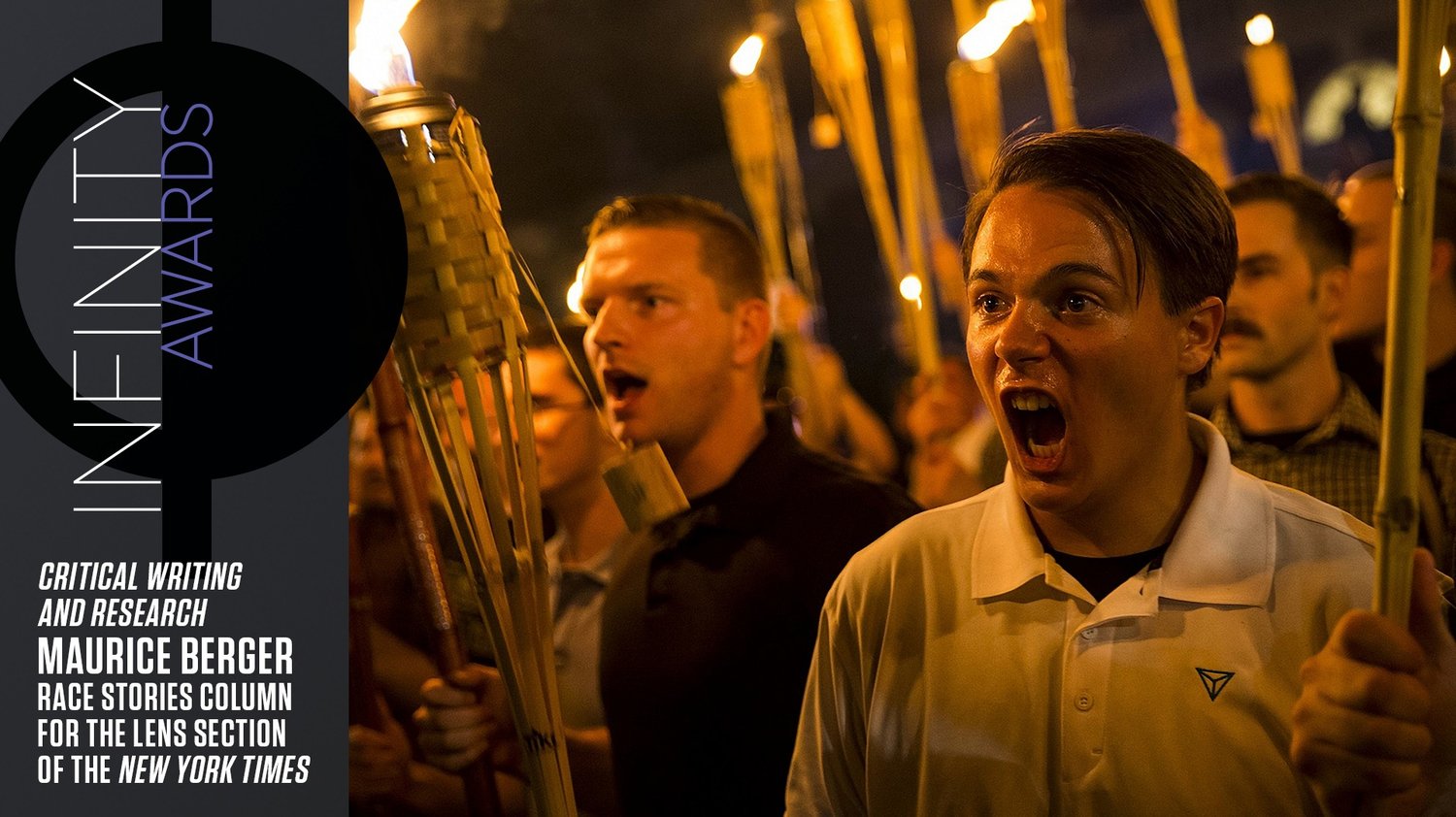
Maurice Berger–cultural historian, and columnist for the New York Times’ Race Stories–has spent his career studying and teaching racial literacy through visual literacy.

Japan’s Disposable Workers examines the country’s employment crisis: from suicide caused by overworking, to temporary workers forced by economics to live in internet cafes, and the elderly who wander a town in search of shelter and food.

Karl Ove Knausgaard is the celebrated author of a massive six-volume autobiography. But Knausgaard remains confused by the attention. This is a portrait of a man who has achieved massive success yet still considers himself unworthy.

Michael Thomasson has devoted his life to video games. It’s been his passion and his obsession for more than three decades. He owns over 11,000 unique game titles for more than 100 different systems.

A film about Michael Christopher Brown for the 2017 ICP Infinity Awards.

The Long Night, a feature film by Tim Matsui and MediaStorm, gives voice and meaning to the crisis of minors who are forced and coerced into the American sex trade.
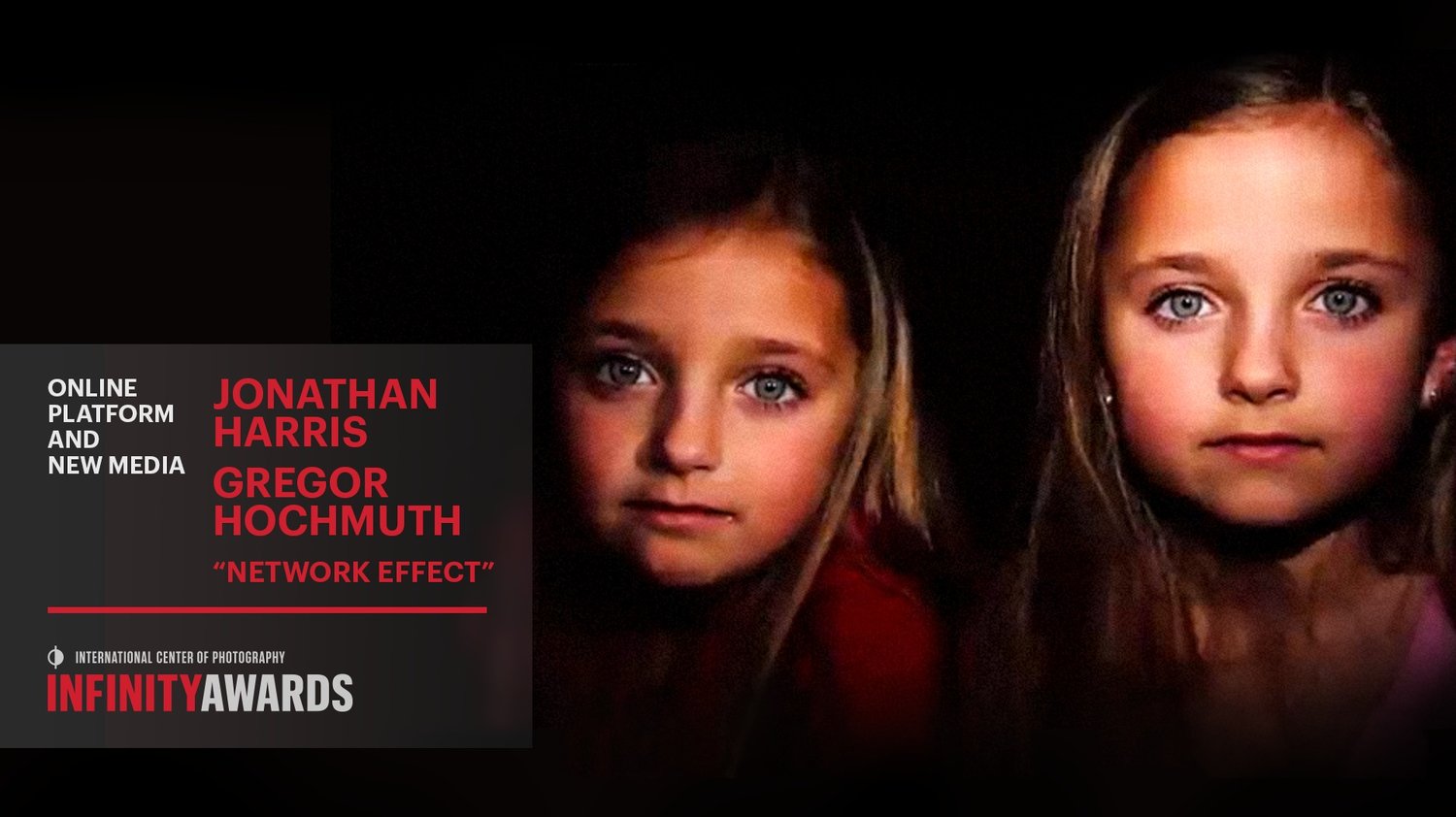
Jonathan Harris and Greg Hochmuth have a complicated relationship with the internet and have worked together to develop an artwork that explored some of the more difficult consequences of what it means to live with the internet.

In 1977, Robyn Davidson walked 1,700 miles across the Australian outback. National Geographic sent Rick Smolan to photograph her perilous journey—a trek that tested and transformed them, forming an immutable bond that continues to this day.

Once at the center of the U.S. economy, the family farm now drifts at its edges. In Iowa, old-time farmers try to hang on to their way of life, while their young push out to find their futures elsewhere. Driftless tells their stories.

The American family farm gives way to a subdivision - a critical cultural shift across the U.S. Common Ground is a 27-year document of this transition, through the Cagwins and the Grabenhofers, two families who love the same plot of land.

For Walter Backerman, seltzer is more than a drink. It’s the embodiment of his family. As a third generation seltzer man, he follows the same route as his grandfather. But after 90 years of business, Walter may be the last seltzer man.

Larry Fink has spent over 40 years photographing jazz musicians, wealthy manhattanites, his neighbors, fashion models, and the celebrity elite. His archive is a thoughtful collection of American history, and Fink’s experience of it.

LaToya Ruby Frazier’s body of work “The Notion of Family” examines the impact of the steel industry and the health care system on the community and her family. Collaborating with her mother and grandmother, she uses her family as a lens to view the past, present and future of the town.

Tomas Van Houtryve wants there to be a permanent visual record of the dawn of the drone age, the period in American history when America started outsourcing their military to flying robots. In order to create this record, Van Houtryve sent his own drone into American skies.

Evgenia Arbugaeva was born in the magical town of Tiksi, Russia. This barren, arctic landscape influenced Arbugaeva in almost every aspect of her dreamlike photography.

Surviving the Peace: Laos takes an intimate look at the impact of unexploded bombs left over from the Vietnam war in Laos and profiles the dangerous, yet life saving work, that MAG has undertaken in the country.

A family is determined to give their disabled son a whole and vital life. In the midst of a great burden, one small child – with a seemingly endless supply of love – is the blessing that holds a family together.

Inspired by the photographs of the Farm Security Administration growing up, Lynn Johnson has spent nearly 35 years as a photojournalist working for LIFE, National Geographic, Sports Illustrated and various foundations.

Resetting the Table takes a unique, personal look at the impact Starbucks’ Create Jobs for USA program has had on the American Mug & Stein pottery facility in East Liverpool, Ohio.

Hungry Horse captures the spirit of renewal, peace and serenity through stunning landscapes and intimate oral histories.

Using humor and a love of fantasy, "The Amazing Amy" Harlib connects with audiences through performing strenuous yoga-based contortion acts in New York City.

In many countries, girls as young as eight are forced into marriage by their families, culture and economic situation. This practice destroys their chance at education leading to tragic results.

Surreal and mysterious, North Korea was a black hole to outsiders wanting a glimpse of the country. That all changed in 2012, when AP photographer David Guttenfelder led the opening of the bureau's newest office inside the North Korea.

Virginia Gandee's brilliant red hair and dozen tattoos belie the reality of this 22-year-old's life. Inside her family's Staten Island trailer her caregiving goes far beyond the love she has for her daughter.

Based on 14 trips to Afghanistan between 1994 and 2010, A Darkness Visible: Afghanistan is the work of photojournalist Seamus Murphy. His work chronicles a people caught time and again in political turmoil, struggling to find their way.

In Rwanda, in 1994, Hutu militia committed a bloody genocide, murdering one million Tutsis. Many of the Tutsi women were spared, only to be held captive and repeatedly raped. Many became pregnant. Intended Consequences tells their stories.

To those who serve in the armed forces, what is the aftereffect of war? The Marlboro Marine is photographer Luis Sinco's portrait of Marine Corporal James Blake Miller, whom he met in Iraq. For Miller, coming home has been its own battle.

Zakouma National Park is one of the last places on earth where elephants still roam by the thousands. In a land where poachers will slaughter the huge animals for their tusks alone, it takes armed guards to keep them safe.

Kingsley's Crossing is the story of one man's dream to leave the poverty of life in Africa for the promised land of Europe. We walk in his shoes, as photojournalist Olivier Jobard accompanies Kingsley on his uncertain and perilous journey.
Collaborate With Us
The MediaStorm Platform is an advanced video platform that extends the user experience beyond linear video to include the interactive capabilities of the Internet.
Follow MediaStorm
Copyright 2025 MediaStorm, LLC | Terms & Conditions | Privacy | Contact
